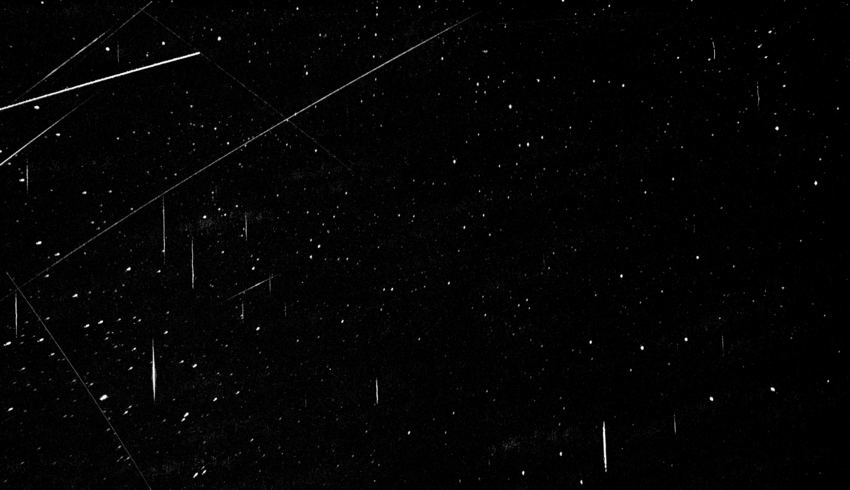
The Australian business said it was able to capture images of 73p/Schwassman-Wachmann 3 that were free of atmospheric pollution only by working at 40,000 feet.
It’s hoped the results will provide valuable information regarding the composition and physical properties of the fragments, as well as their flight trajectories.
The comet has been actively disintegrating since its re-entry to the inner solar system in 1995, with the Hubble Space Telescope capturing imagery of the fragmentation of the comet in 2006.
However, this new observation mission was made possible by Earth encountering the debris stream in early June, allowing for the first opportunity in recent history to observe debris from a newly fragmented comet.
The comet will eventually come to perihelion (the closest approach to the sun) on 25 August.

The observation team – which also included personnel from the Paris Observatory, the University of Stuttgart and Comenius University, Bratislava – captured data from hundreds of objects piercing the atmosphere at speeds greater than 12km/s.
The outputs of this mission also included the number of meteors per time, meteor spectra and 3D trajectory data.
The RTI and USQ team has experience with flight-based observation missions, successfully performing an airborne observation of the Japanese Hayabusa2 space capsule as it re-entered Earth’s atmosphere after a six-year extra-terrestrial journey.
Dr Fabian Zander from USQ said this previous experience was vital to the mission.
“Although the potential meteor shower has been predicted for some time, the decision to fly an airborne observation mission was only made two weeks prior,” he said.
Rock Trade Industries is a sandstone mining and extraction company that turned its sights on the emerging space industry in Australia.
After a proposal by Peter Schubel from the University of Southern Queensland (USQ) to the company to develop a rocket testing facility at one of its exhausted quarry sites, Rocket Technologies International was created as a sister company, and a partnership was drawn up with the USQ.

Adam Thorn
Adam is a journalist who has worked for more than 40 prestigious media brands in the UK and Australia. Since 2005, his varied career has included stints as a reporter, copy editor, feature writer and editor for publications as diverse as Fleet Street newspaper The Sunday Times, fashion bible Jones, media and marketing website Mumbrella as well as lifestyle magazines such as GQ, Woman’s Weekly, Men’s Health and Loaded. He joined Momentum Media in early 2020 and currently writes for Australian Aviation and World of Aviation.
Receive the latest developments and updates on Australia’s space industry direct to your inbox. Subscribe today to Space Connect here.









